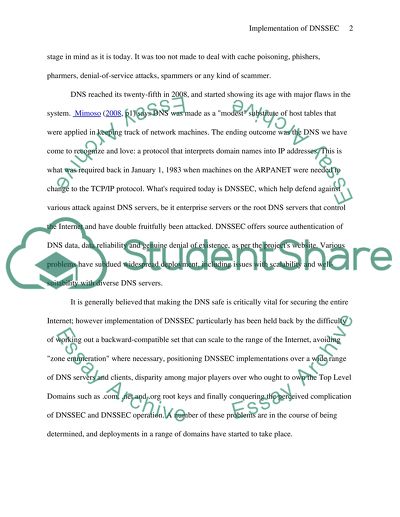Cite this document
(“Domain Name System Security Extensions Essay Example | Topics and Well Written Essays - 2000 words”, n.d.)
Retrieved from https://studentshare.org/information-technology/1504196-domain-name-system-security-extensions
Retrieved from https://studentshare.org/information-technology/1504196-domain-name-system-security-extensions
(Domain Name System Security Extensions Essay Example | Topics and Well Written Essays - 2000 Words)
https://studentshare.org/information-technology/1504196-domain-name-system-security-extensions.
https://studentshare.org/information-technology/1504196-domain-name-system-security-extensions.
“Domain Name System Security Extensions Essay Example | Topics and Well Written Essays - 2000 Words”, n.d. https://studentshare.org/information-technology/1504196-domain-name-system-security-extensions.


